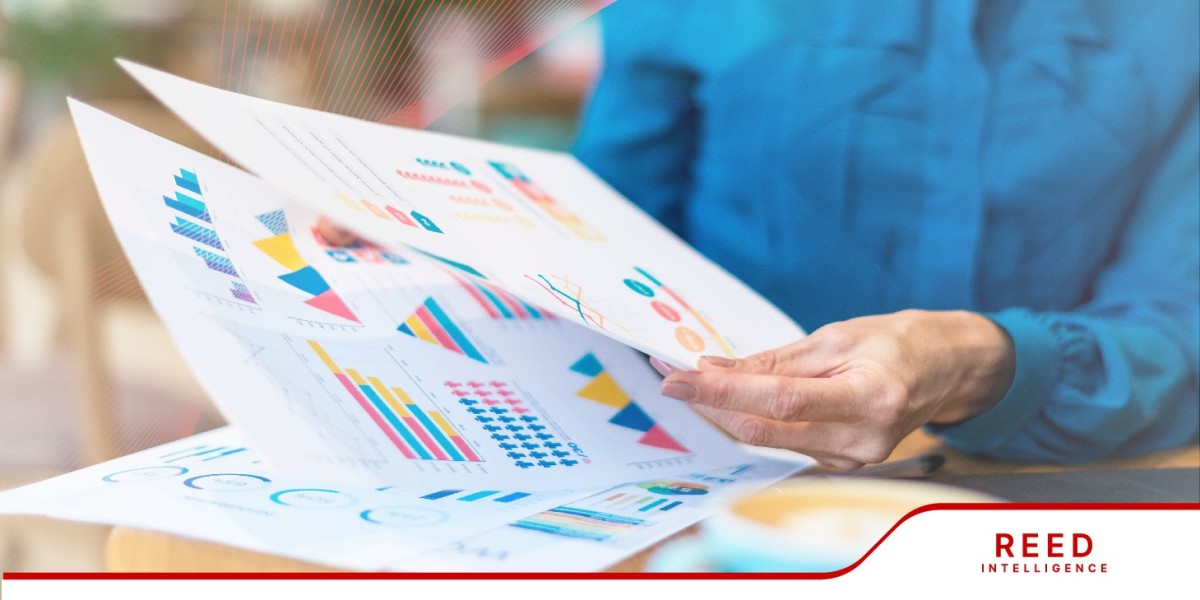The global tube packaging market was valued at USD 9.91 billion in 2020 and is projected to grow at a compound annual growth rate (CAGR) of 6.2% from 2021 to 2028. The primary driver for this growth is the increasing demand for tube packaging across various application industries, including cosmetics and personal care, healthcare, and food. This demand is being fueled by rising consumer awareness around health and wellness, particularly in the personal care sector. As people become more conscious of their health, the personal care market is experiencing growth, which is expected to further boost the demand for tube packaging solutions. Additionally, a growing focus on personal appearance is driving the demand for personal care products, which in turn will lead to greater demand for tube packaging.
The United States plays a significant role in the global beauty and personal care market, largely due to the high spending power of its consumers. There is also a growing trend towards organic personal care products in the country, driven by changing consumer preferences for natural ingredients. Organic products are typically sold in smaller quantities and at premium prices, which will create a need for tube packaging due to its ability to enable precise, efficient dispensing.
Gather more insights about the market drivers, restrains and growth of the Tube Packaging Market
However, the tube packaging market faces challenges related to fluctuating raw material prices, particularly plastics, aluminum, and other laminates. Plastic materials, such as polyethylene, polyethylene terephthalate (PET), and polypropylene, are particularly sensitive to changes in crude oil prices, which can be volatile. Additionally, rising environmental concerns and stringent government regulations concerning plastic use and disposal are expected to act as barriers to market growth during the forecast period.
Product Segmentation Insights
In terms of revenue, laminated tubes led the market with a share of over 44% in 2020. This segment is expected to experience the fastest growth during the forecast period (2021-2028) due to the high demand for laminated tubes, which combine the benefits of both plastic and metal. This combination protects products from spoilage and enhances their shelf life. Laminated tubes are made from several layers of polymers and other materials, which act as an excellent barrier to moisture, light, and air. These characteristics make laminated tubes ideal for extending the shelf life of the products they contain. The two primary types of laminated tubes are Aluminum Barrier Laminate (ABL) and Plastic Barrier Laminate (PBL). ABL tubes use aluminum foil as a barrier, while PBL tubes utilize multiple layers of plastic foil for the same purpose.
The plastic tube segment accounted for the second-largest share of the global market in terms of revenue and is expected to grow at a steady CAGR over the forecast period. These tubes are mainly produced using extrusion processes and are made from various monomers, such as low-density polyethylene (LDPE), linear low-density polyethylene (LLDPE), medium-density polyethylene (MDPE), and high-density polyethylene (HDPE). Some plastic tubes are also co-extruded with multiple layers of these polymers. Innovations in material development, including the emergence of biodegradable plastics, are expected to drive the growth of this segment, despite challenges related to government regulations concerning plastic use and recycling.
The aluminum tube segment is anticipated to experience significant growth during the forecast period. Aluminum tubes are known for their corrosion resistance, airtight properties, and impermeability, making them highly effective in protecting products from contamination. However, aluminum tubes face certain limitations, such as their high cost and their tendency to lose shape after use. These factors may partially hinder the growth of the aluminum tube segment in the coming years.
Order a free sample PDF of the Market Intelligence Study, published by Grand View Research.








